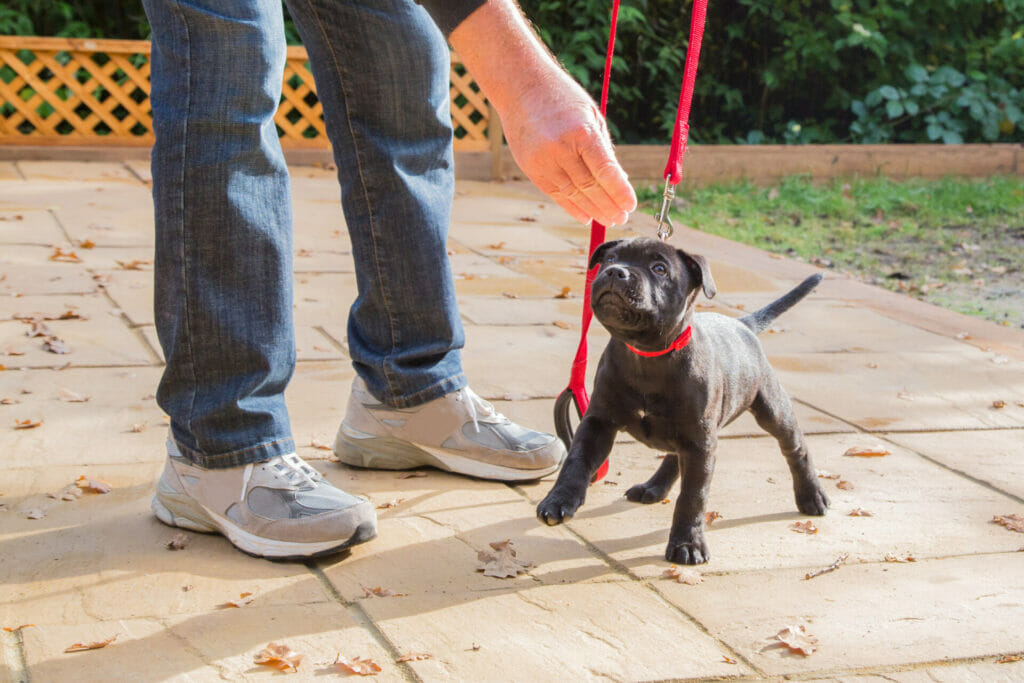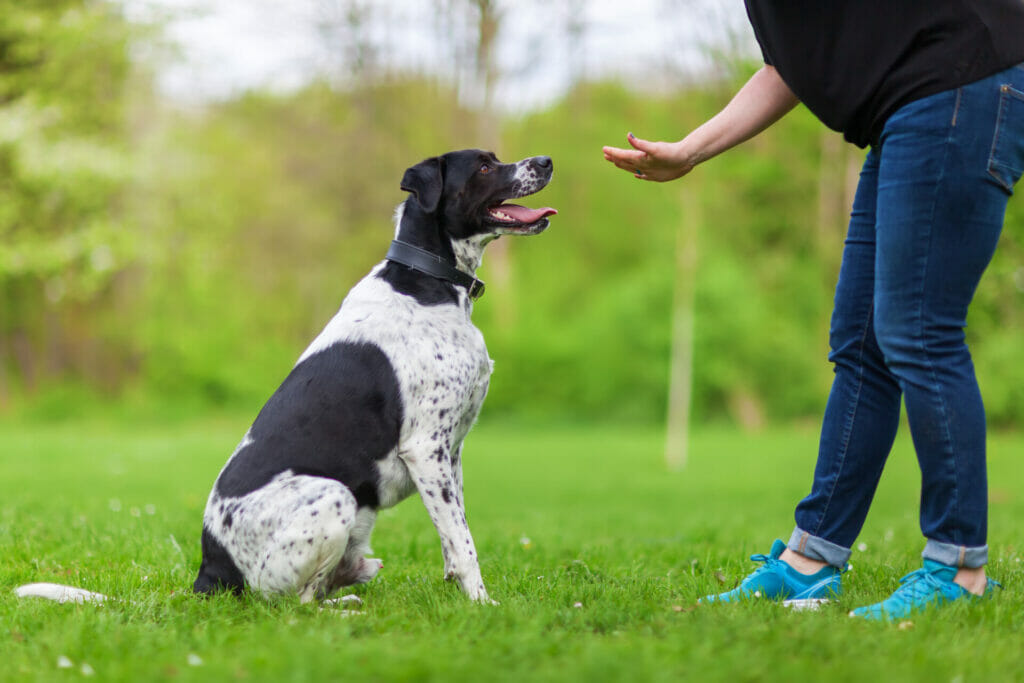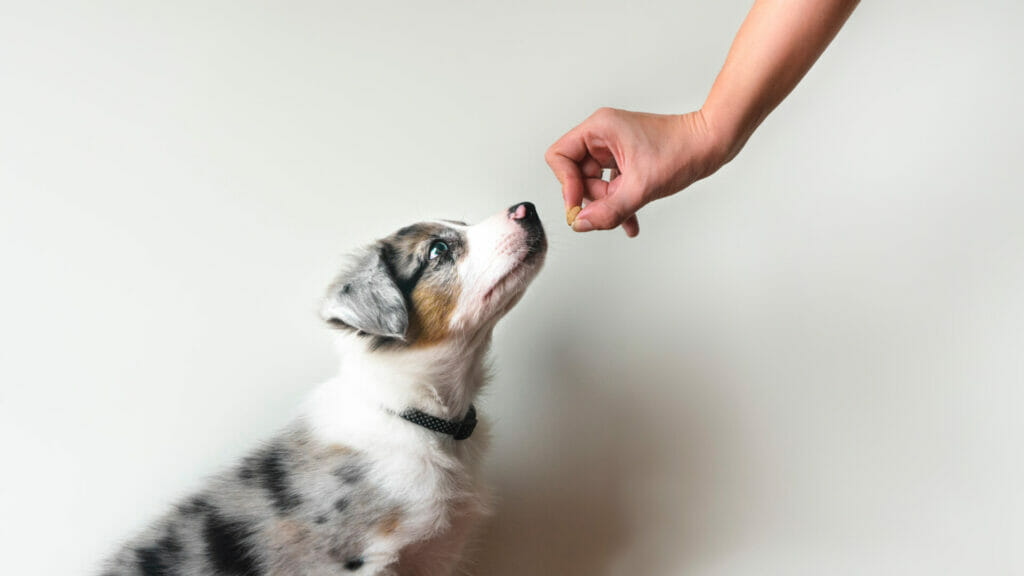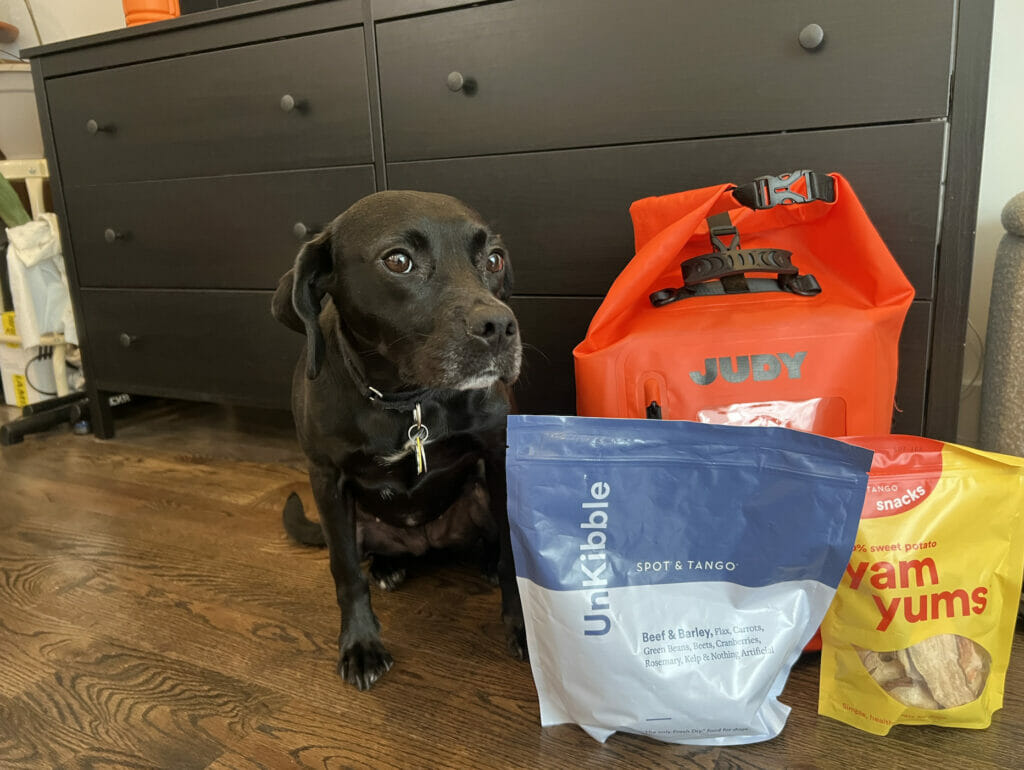Did you know it’s pet preparedness month? We want you and your pup to be ready for anything that’s thrown your way. That’s why we partnered with JUDY, experts in emergency preparedness, to share tips on how to best prepare for emergency situations as a pet parent. This week we partnered with our resident trainer, Dani Pedraza, to talk about how strong training will help you and your pup prepare for different emergency situations.

What is your go to tip for training in advance of emergency situations?
Practice the place cue! This is where you have your dog go to their bed or a blanket and lay down until they are released. This can be great if you need to grab your emergency gear and need your dog to stay in one place while also helping to reinforce settled behavior. This helps your pup go from an over-stimulated mindset to a more manageable one. Additionally if you’re in a shelter or somewhere with lots of people and dogs, it can be great in preventing them from interacting too much. To do this, you reinforce calm behavior (walk up to them, do not interact, and reward them with treats when they are practicing calm behaviors on their own).

If you need to evacuate and bring your dog in their carrier or a car, how do you train them to feel safe in those spaces?
Similar to crate training your pup, you want to create a positive association with the carrier or car before the emergency occurs. You can do this by delivering high value treats when your pup sniffs the carrier, sprinkling treats inside the carrier, and making sure they are comfortable in the crate before incorporating distance or distractions. The same theory applies to cars.
How do I know that my dog has fully understood the place cue or touch cue or if we need more practice?
It is always great to brush up on training in order to strengthen your bond and give your pup some mental stimulation! But some helpful numbers, if you practice the place cue and they are able to understand it 5 out of 5 times, they understand the association. If they get it 3-4 times, continue practicing it at that level. Any less than 3, you need to start below that level of difficulty: stand by the place where you want them to go (a closet or their bed for example or booping their nose to your hand for touch cue) and use a treat to lure them towards the spot. As soon as all four paws are in the spot, give a marker word, like “yes,” reward them with a reinforcer, like a treat, and practice a few more times until you no longer need the food lure. Only then can you add distance and distractors.

How do I desensitize my dog to things that might trigger them?
Desensitizing your pup can be particularly helpful in situations such as thunderstorms. Before you’re in an emergency situation, like a tornado, you can play a video of the situation and provide high value treats to help create a positive association to those sounds and counter condition them to their natural response.
What is your recommended packing list for emergency go bags?
It can vary based on your pup and the situation but make sure you have your pup’s leash, their harness or collar, a blanket or towel, and food and water ready with collapsible bowls. Dogs don’t need too much, what will make them most comfortable is your calming presence. Other tools or products that can be helpful for easing your pup’s anxiety include a thunder jacket or a blanket to bundle them, and a tv, radio, or white noise machine to block out noises or sounds that could upset your pup.
Click Here to read a trainer’s guide on handling an emergency situation with your pup
Want to learn more about pet preparedness for emergency situations? Reach out to us at whatthepup@spotandtango.com




















